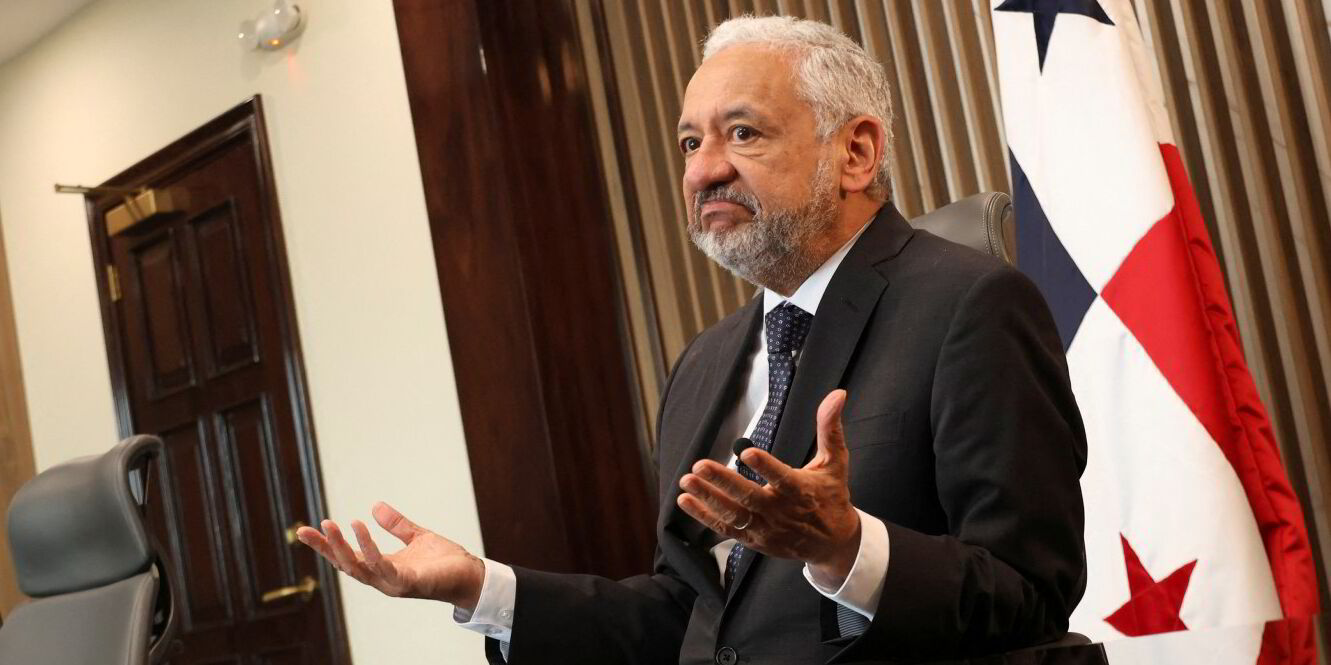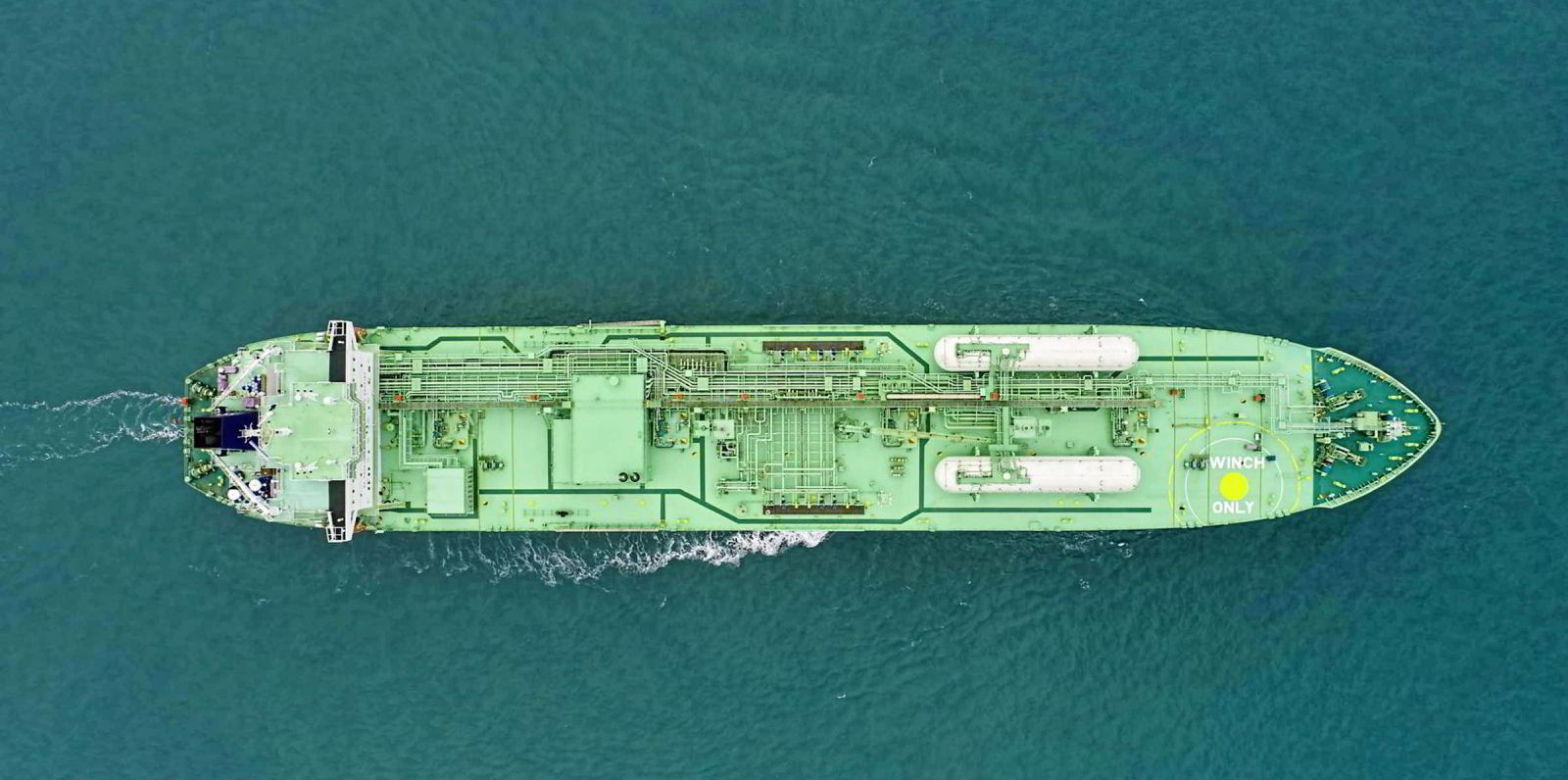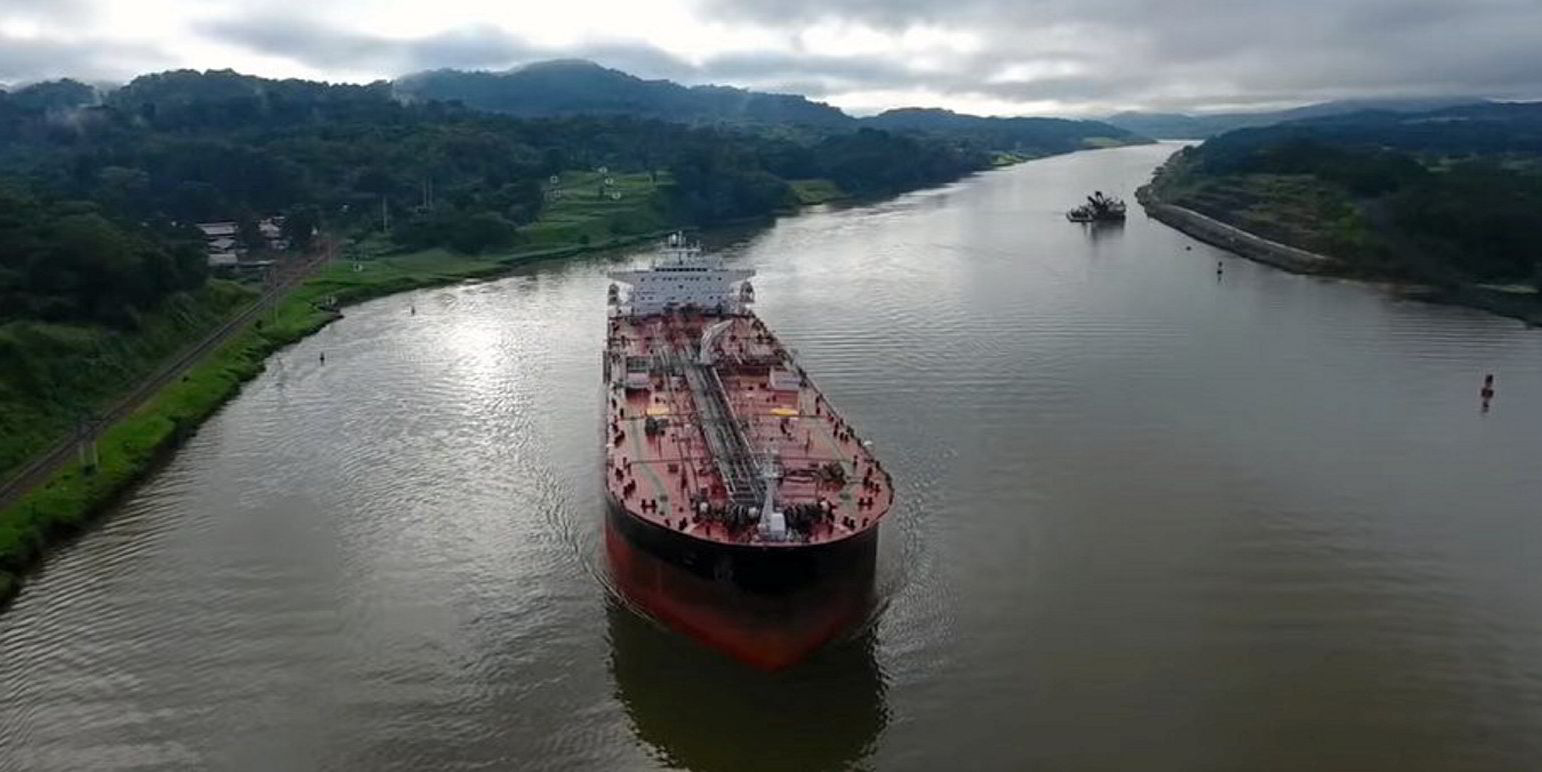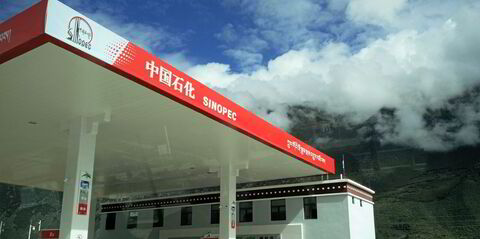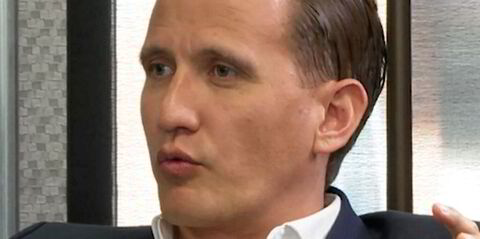The Panama Canal’s rainfall woes are gradually moving into the rearview mirror, but as its top official looks to the future, he is preparing for the next crisis.
As an economist in a post previously dominated by engineers, administrator Ricaurte Vasquez Morales is not just looking at the challenge through an infrastructure lens.
In addition to pursuing access to new watersheds, a mission the country’s recent presidential elections may help facilitate, the Panama Canal Authority has been polling shipping company executives to assess how best to transform the system for customers reserving slots to transit the waterway.

“In times of volatility, reliability is the answer,” Vasquez told TradeWinds on the sidelines of a financial conference in Miami Beach.
Panama is coming out of an El Nino weather pattern — a phenomenon scientists said was consistent with the more frequent weather extremes the Central American country is expected to face in a changing climate — that led the canal authority to ratchet down daily transits and maximum vessel draughts.
As TradeWinds has reported the canal authority has increased the minimum draught on the larger neo-panamax locks to 13.7 metres, which is still below normal levels of more than 14 metres.
And it has increased the number of ships that can pass through the waterway to 31 per day, up from 24 but still not yet at the previous levels of 36 or more.
While the return of the annual rainy season is a welcome relief, the canal authority has long been proposing more reservoirs — particularly via the Indio River watershed — to mitigate future rainfall shortages.
The river is outside the watershed allocated to the independent canal authority, so building a project to tap its potential requires the will of Panama’s elected officials.
Until the country’s elections last month, action from incumbent president Laurentino Cortizo had not been forthcoming. But the vote resulted in a win for Jose Raul Mulino, with a 34% plurality in a first-past-the-post system.
Mulino is a leader of the Realizando Metas — or Achieving Goals — party founded by former president Ricardo Martinelli, a canal expansion backer later convicted in an unrelated corruption scandal.
“The president-elect, when he received the result, in his speech he mentioned that one of his priorities was to resolve the Panama Canal. That’s different,” Vasquez said.
The canal administrator, whose seven-year term ends in September of 2026, said he does not want to pass judgement on the outgoing president, who demurred from pursuing the canal project based on political considerations.

But Vasquez said his conversations with the incoming minister of canal affairs, Jose Ramon Icaza, have been positive.
Meanwhile, Vasquez said the canal authority changed its business model during the crisis, and further transformation is possible.
“Even with all the difficulties that we have faced together — not only the Panama Canal, but our customers, and our customers’ customers — in this weather phenomenon that led to this very severe El Nino, we have provided significant reliability at the Panama Canal,” he said.
“We have listened to our customers. We have studied the alternatives. We have looked into what things we could do better to provide these quality services.”
During the water shortage, the canal authority also transformed its system for booking passage through the canal.
Traditionally, it had been a first-in, first-out system, but the canal authority began holding auctions — all while reducing wait times for ships that could pass through by 50% and cutting transit times by 10%, the administrator said.
Now, it has surveyed top executives at shipping companies that use the canal to determine whether it can transform that reservation system further.
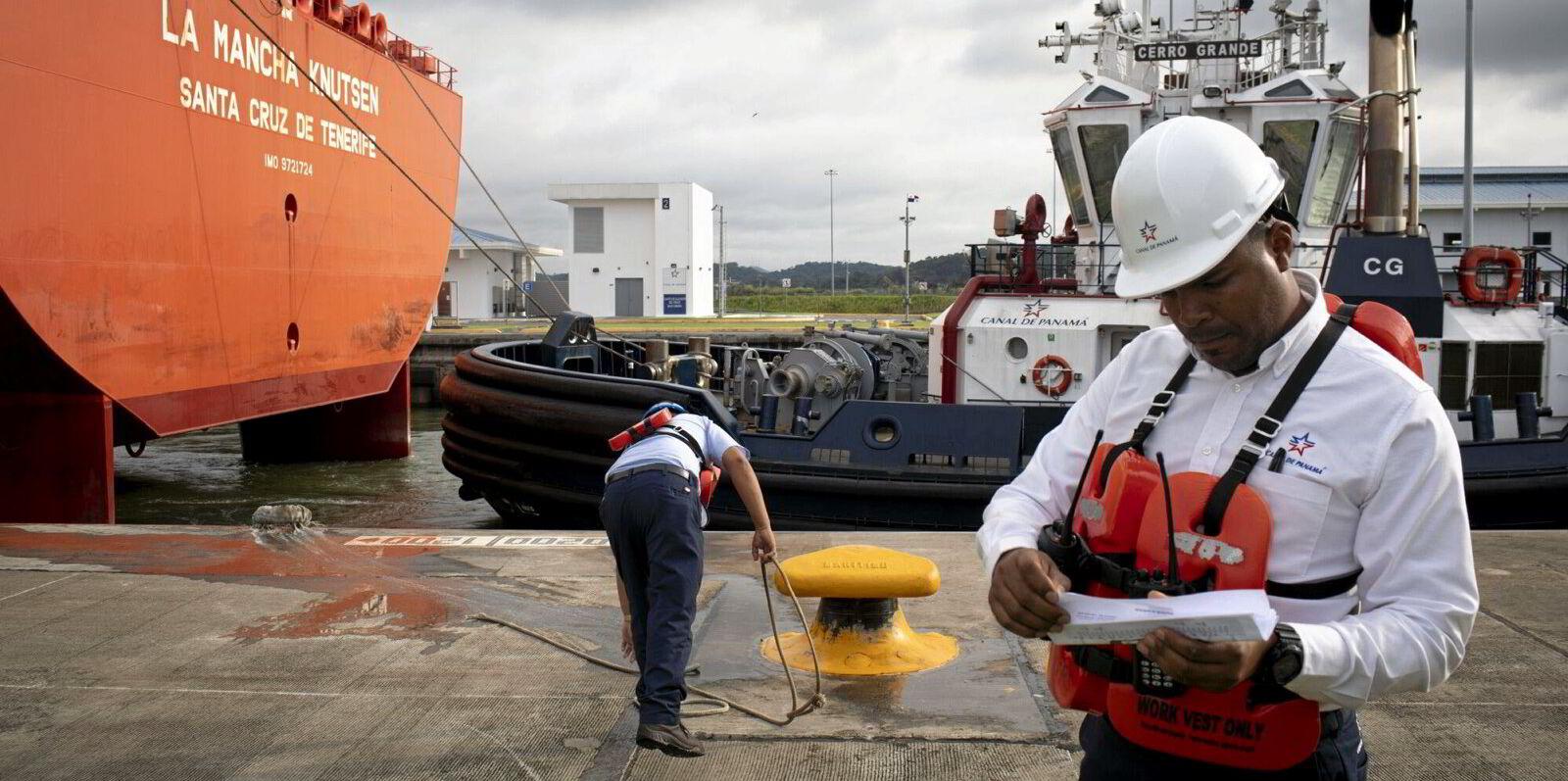
Based on that study, the effort will explore whether to change how the canal authority allocates slots to prepare for the likelihood that water shortages could become recurring events — albeit not as severe and potentially in shorter cycles.
“We better … have a flow and rhythm whereby we understand what the customers’ needs are, and from there we can adapt our operations,” he said.
Vasquez said vessel operators were asked how much flexibility they need, and how much reliability they need.
The effort would aim to be more responsive to the particular needs of different sectors. In cruise, for example, operators may want to book slots years in advance. That could result in allocating booking slots in different.
“You need to have a portfolio of customers, and then you allocate slots like a futures market,” he said.
Amid the water crisis, the canal authority shared information with its customers “in a social way” about a range of data points — from wait times to weather forecasts.
And he believes the agency can do more.
“We believe that eventually, we will issue a platform that will provide more information to customers so they can make better decisions,” Vasquez said.
